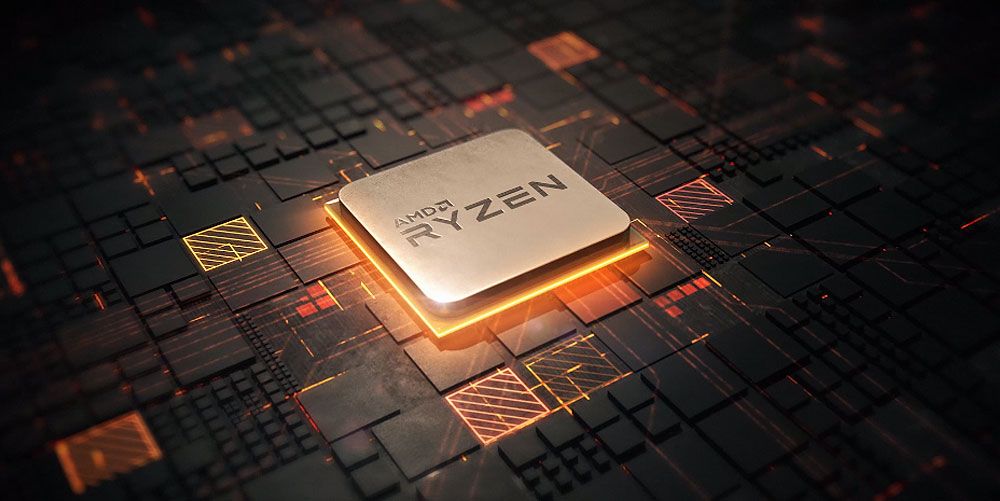AMD talks its upcoming 3D V-Cache design at ISSCC
AMD has been teasing its 3D V-Cache technology for months, finally showing off the Ryzen 7 5800X3D during the company’s CES 2022 keynote in early January. Fast forward to today, and AMD revealed some further technical details behind its design at the International Solid State Circuits Conference (via Hardwareluxx).
The AMD Ryzen 7 5800X3D will be the first consumer-grade processor to include additional stacked cache. This is cutting edge stuff.
Each Zen 3 chiplet contains 32MB of L3 cache shared by all eight on-chip cores. During the planning stages of Zen 3, AMD designed it so that additional cache could be stacked without a redesign, unlike building a single-story house with structural integrity to add a second layer relatively simply.
The Zen 3 chiplet with integrated 32MB L3 cache can be expanded to 96MB by adding 64MB of stacked SRAM. The stacked cache chips measure only 41 mm² and are connected by brazing, thus skipping the more complicated steps that require soldering.
(Image credit: AMD)
The 3D V-Cache consists of multiple 8 MB “slices”, each with 1024 touchpoints. Eight such slices means 8192 points of contact between the V-Cache and the underlying CCD. This provides over 2 TB/s of bandwidth, which is especially impressive considering the cache isn’t on the chip itself.
AMD had to adjust the underlying chiplet to accommodate the extra Z-height within the same form factor as a regular 5000-series CPU. AMD also had to thin the CCD and make adjustments to accommodate the increased heat dissipation expected from the stacked design.
Thermal and TDP issues are the main reason we only see the 5800X3D and not the 5900X3D or 5950X3D. AMD needs to keep the 5800X3D within 105W TDP (or 142W peak). Adding cache to models with higher core counts can break that number causing integration issues, or require downclocking. AMD also says that an eight-core CPU is the best choice for gaming today, making the 5800X a natural choice for V-Cache processing.
According to AMD, the extra L3 cache can provide up to 15% better gaming performance than the base 5800X. That might be enough to see it ahead of the 12900K for some games, at least those that are sensitive to low-latency caches. For all the technical magic inside the 580X3D, it has the potential to end up being a small-capacity chip. We hope to get the 5800X3D we crave when the time comes.
Find more articles in our categories Gaming & News & Anime.
Thanks for visiting we hope our article AMD talks its upcoming 3D V-Cache design at ISSCC
, we invite you to share the article on Facebook, twitter and whatsapp with the hashtags ☑️ #AMD #talks #upcoming #VCache #design #ISSCC ☑️!













Leave a Review